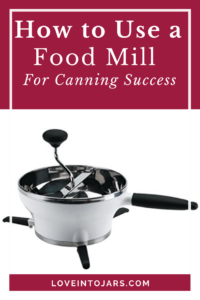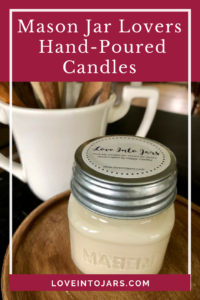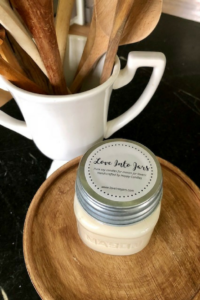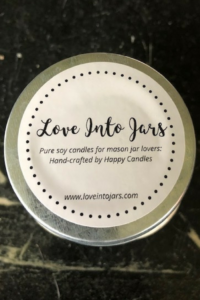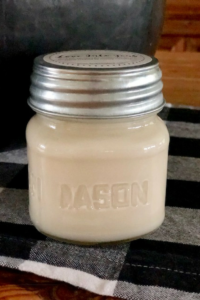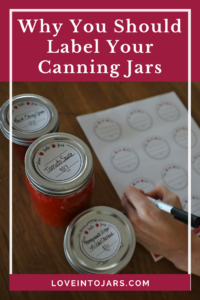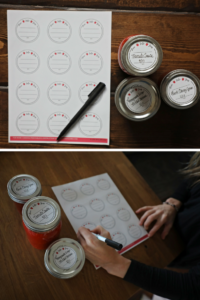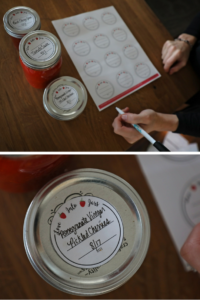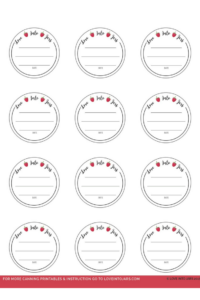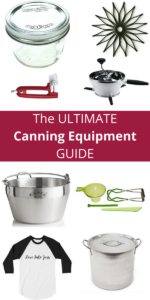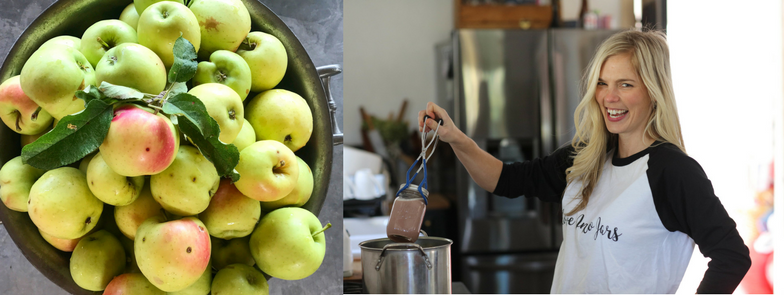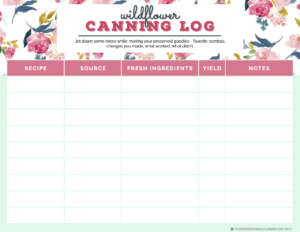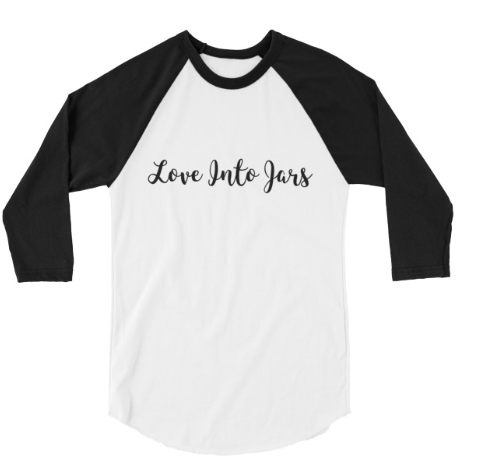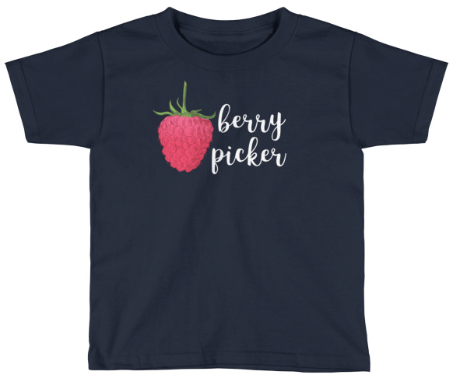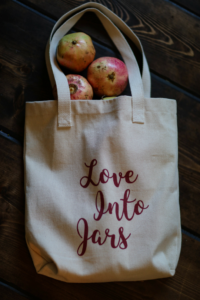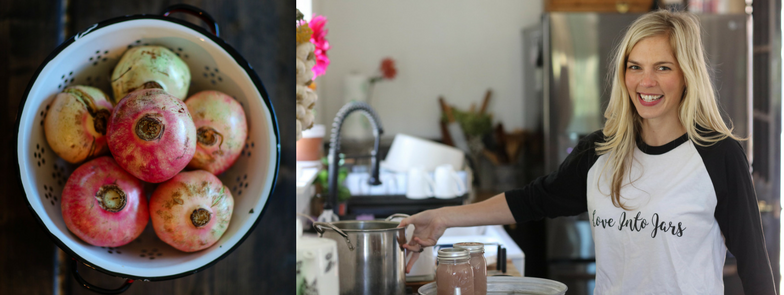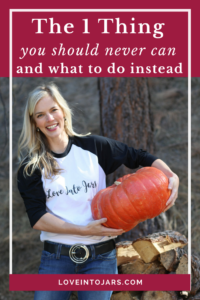A food mill is an incredibly versatile kitchen tool that I use all the time in canning applications. A food mill can be used many ways beyond canning, including pureeing super smooth mashed potatoes, baby food, and more. Read this post for how to select a food mill, how to clean a food mill, and how to use a food mill for canning success!
This post contains affiliate links.
For canning recipes, the food mill is irreplaceable. Well, I suppose you could replace it, but it would be with a tool that takes longer, is harder to use, and isn’t as versatile.
A food mill works by pressing the fruit or veggie against a plate with holes in it, much like a cheese grater. The food that falls through the holes is perfectly smooth puree and the refuse up top in the hopper is the skin, cores, seeds, and tough parts that you don’t want to eat. It’s magic, and you need one.
I choose the food mill to make jam that’s smooth and nearly seedless and perfect applesauce. It’s priceless for applesauce because I don’t have to peel or painstakingly core the apples before cooking them. It’s genius, and it saves a ton of time. I also use it for any recipe- canning or not- when I want a really smooth, fast result.
I really love that the food mill is a simple, non electric device. It is just 3 metal pieces that fit together easily (and come apart easily) and they won’t just decide to quit working one day the way an electric food processor might.
How to Clean A Food Mill
Scoop out the wet and slimy peels, skins, seeds, cores, etc from the hopper with a spatula, or if you are fearless mother (like yours truly!) with your hands. The refuse is compost gold. The stuff you can remove by hand can be rinsed out in the sink. Of all the things you clean when canning, clean your food mill first. Dried on skins are particularly difficult to clean from a food mill.
What type of food mill should I use?
There are indeed several types of food mills to choose from. I LOVE my Oxo brand food mill because it has grips on the legs, it is very easy to clean, and has 3 plates. I can make a super smooth, medium, or coarse puree. I definitely recommend choosing a food mill with different plate sizes.
There are a few all metal options that I haven’t used personally but look like they would be good quality. This stainless steel option from Weston interestingly has no legs which I think could be really nice because it could sit down into a bowl. It also has 3 plates (a must) and would be easy to clean.
Old Fashioned Strainers
There are old fashioned strainers out there that are called Squeezo Strainers that essentially do the very same thing as the food mill but with a conical plate instead of a flat plate. If you tell any experienced canner that you want to work up 100 pounds of apples, they will almost surely tell you to use the old-style Squeezo (or similar brand) Strainer. This is the new version (that looks almost exactly like the old).
While they are made in America, which I love, they are expensive ($200!) and hard to clean (imagine getting into the elbow there!). You have to clamp them to a table or countertop which provides you with a sturdy workstation but sometimes isn’t as convenient. The hopper size of these older style mills is the same or even smaller (even though they are overall larger/taller than the Oxo food mills). To me, because they are bigger than a food mill, much more tedious to clean, and more expensive, the Oxo food mill is what I would recommend hands down every time.
What other canning equipment are must-haves?
Be sure to check out this post for the ultimate guide to canning equipment.
